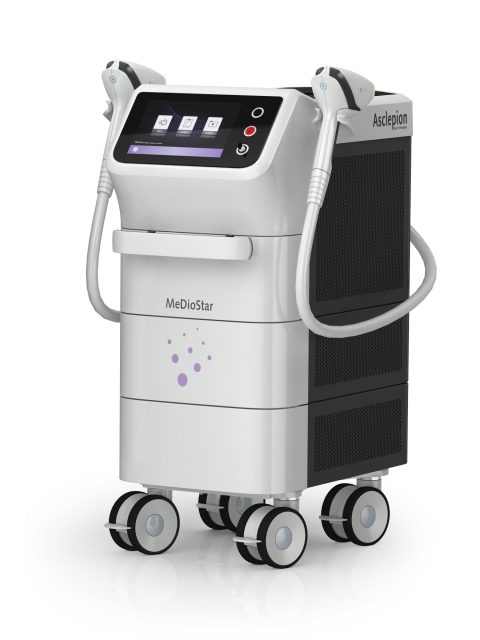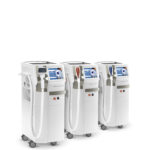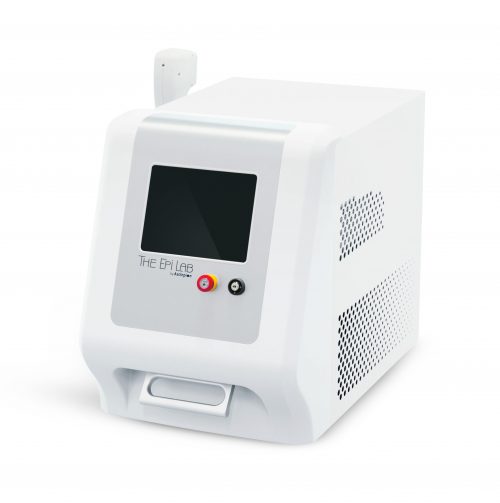How many treatments will I need?
The hair alternates between periods of growth (anagen) and no growth (telogen). The transition between the two periods is characterized by an interruption in bulb cell proliferation and by a widening of the terminal part of the hair root, which is anchored to the walls of the follicle; this intermediate phase is called catagen. In humans, the phases of different hair growth are not synchronized, i.e. each hair is in a different phase of growth. During a hair removal session, all the hairs are targeted, with no way of knowing in which phase of growth they are. That means that, in a certain area, only a specific percentage of hair reacts to the laser treatment, i.e. only hairs in anagen phase. Therefore, a series of laser sessions is always necessary. How many sessions are needed varies on a case by case basis and depends upon hair and skin type as well as on genetic predisposition. Normally, six to ten sessions per area are needed in order to reach hair reduction of up to 90%.
Can all hair be treated?
Since the laser beam targets the pigments contained in the hair, all pigmented hair will react very well to treatment. Hair from very dark to dark blond can be treated effectively, while white or grey hair will not respond to the treatment. In general, the darker the hair, the better the absorption and therefore the better the results.
Is the laser procedure effective?
The effectiveness of the treatment depends on the color, thickness and depth of the hair. The outcome of the treatment also depends on the hormone levels. To reach a high level of effectiveness, it is important to set up a treatment plan with your doctor based on your skin type and hair consistency.
What kind of results should I expect?
The scientific literature shows that, 12 months following the end of treatment, the effects with latest generation lasers are very good. It can be microscopically proven that the hair follicles have definitely been damaged. Depending on genetics and hormonal changes fresh up treatments can be necessary.
What is the course of treatment?
First of all, the hair will be shaved in order to avoid the absorption of the light by the hair laying on the skin. After that, all dark spots on the skin (e.g. moles) are covered with a white pencil and a thin layer of transparent gel is applied to the skin. The handpiece of the laser is moved over the parts of the skin to be treated. The laser sends a light impulse, which creates a gentle prickling sensation. The treatment is very comfortable, thanks to the laser device’s skin-cooling system. In some special cases, it is possible to apply an anesthetic cream before treatment.
What happens after the treatment?
Following the treatment, a redness of the skin, strong sensations of warmth or wheals can occur. Overall, the side effects are similar to a light sun burn and disappear a few hours after the treatment. After a few hours, you may notice a darkening of the treated area and/or scab formation, which will vanish again after two to ten days. The hairs dissolve after between five days and two weeks, or fall out.
How much time between treatments is there?
The treatments are normally performed with an interval of four to eight weeks, when definite hair growth is noticeable.
What complications can occur?
The treatment with MeDioStar is effective and safe on all skin types. As for every other medical treatment, undesired side effects after the treatment cannot be completely excluded. Lightening of the skin or hyper-pigmentation can temporarily occur and, in very few occasions, small scars may form. A slight erythema, particularly perifollicular erythema, can develop especially for dark, thick hair. In any case, all these effects are reversible and will disappear within a few weeks. For further information about possible side effects please ask your practitioner.













